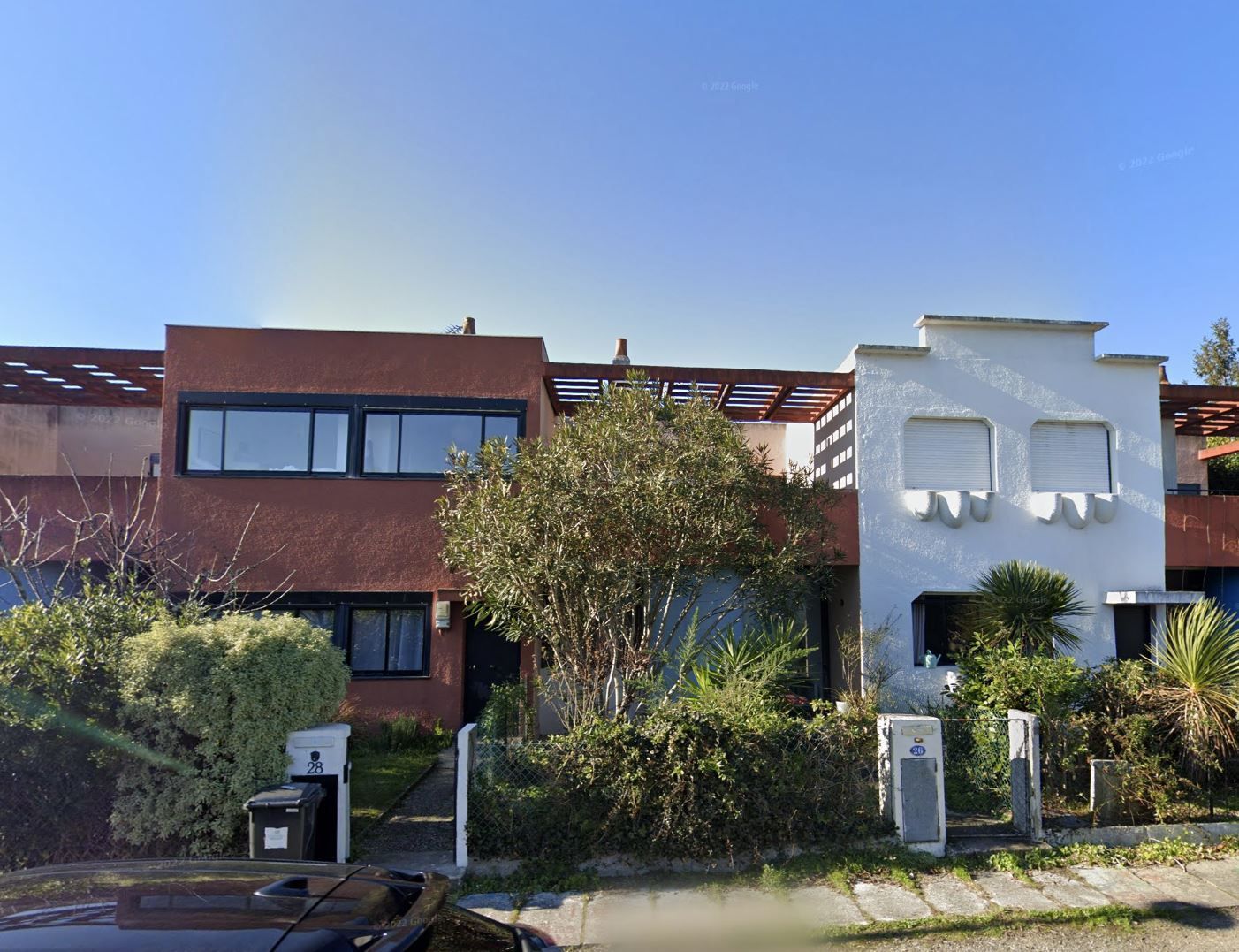11 - Kitsch
Milan Kundera said: “...Kitsch excludes everything from its purview which is essentially unacceptable in human existence.” and this has been happening for millennia...
In the Egyptian tombs, archaeologists found royal jewellery of enormous artistic and material worth. They also found copies, imitations made with materials of lesser quality, that were worn by people of inferior hierarchy. The Artisans and Farmers imitated the Merchants and Nobles just as they imitated the Royals. Why? Because instead of wanting to be themselves and through this express their intimate being, they eliminated themselves in the repetition of the other, those whom they wanted to be identified with. Their own identity felt unbearably inferior or, as Kundera said, unacceptable.
During the Pax Romana, the Romans travelled extensively. In Greece they found the famous sculptures, and some of them could buy and bring Greek sculptures back to their domus in the Italian Peninsula; a Greek sculpture in the garden meant prestige for the owner. But there were a lot of tourists and few sculptures, so skilful Greek craftsmen started to copy the original sculptures and sold them to the Roman travellers. Soon enough, Italian craftsmen started to copy the copies to sell to Italians that could not travel but wanted their ‘Greek’ sculpture. Art became a sign of ‘belonging’, a sign of a ‘superior identity’.
There is no Kitsch object per-se. What is Kitsch is the relationship between the Subject and the Object. If I buy a painting because it makes me look distinguished, I am Kitsch.
In Pessac, and based on his Rational principles, Le Corbusier built a housing estate for the Modular (ideal) man i.e. a scheme designed, mostly, independently of its physical and social context, and of the specificity of the people that went to live there. Some of the habitants adapted their space, making it truly their own. And although the result can be criticised from multiple (professional) perspectives, it is worth as an effort to elaborate and preserve their identity i.e. an anti-Kitsch attitude.
Cite Fruges, Pessac. On the left, unit as originally designed by Le Corbusier.
On the right, unit as transformed by the habitants. Is this Kitsch?

